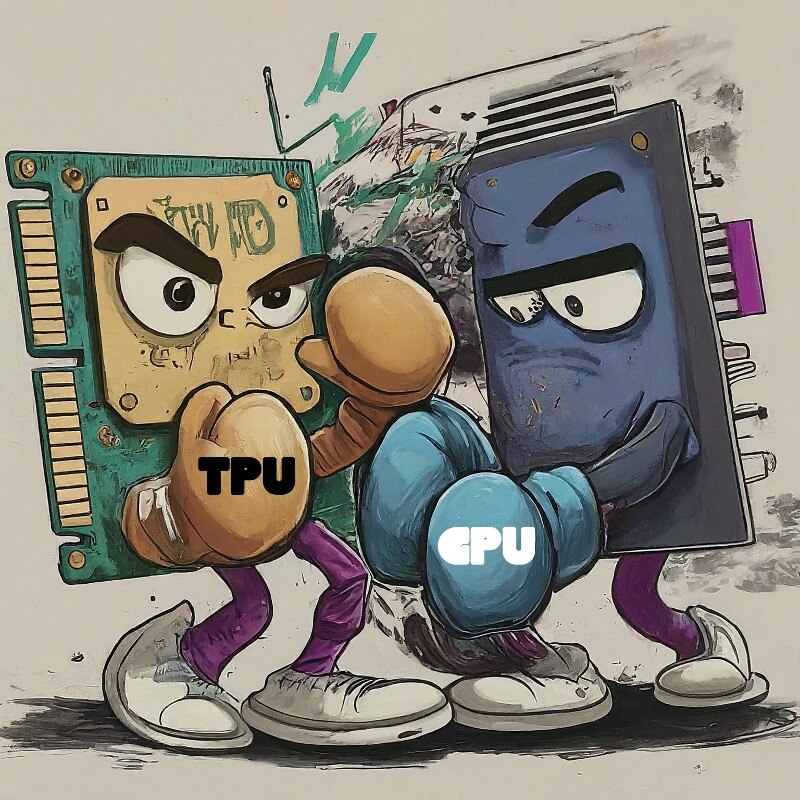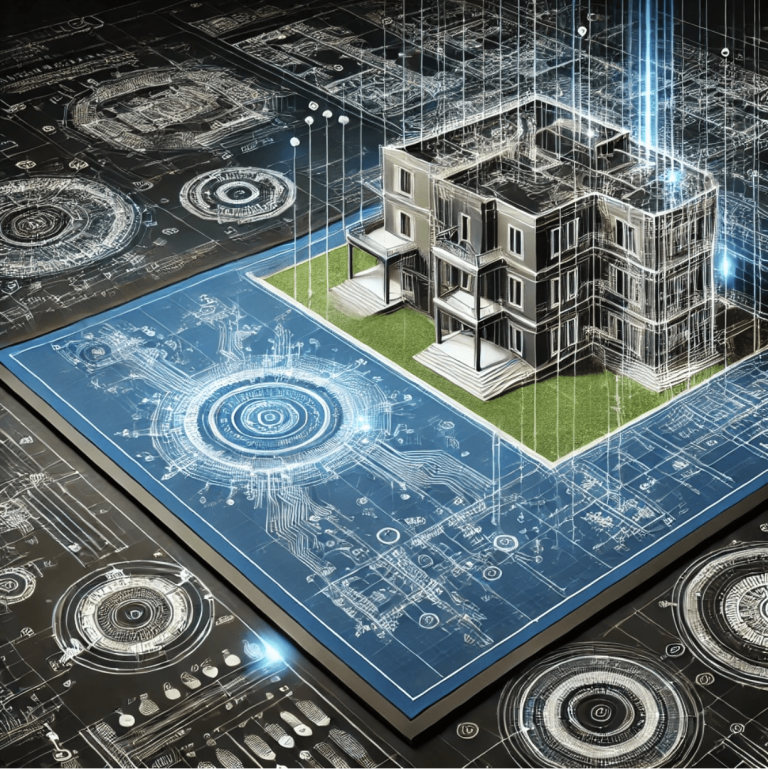Google’s TPU vs NVIDIA’s GPU
“What good is building great technology if you can’t communicate it to the world?”, the MIT admissions officer scrawled on the margin of an applicant’s essay that I filed away in a cabinet. I had scored a cool student summer job there, opening, scanning, filing, and sometimes, reading the occasional amazing applications. This is a pre-Internet story for another time, obviously, since online college applications didn’t become mainstream until mid 2000s.
I recently read a blog from Google on the history of TPUs, or Tensor Processing Units, heralded to be an alternative to NVIDIA and AMD’s GPUs, or Graphical Processing Units. While much of the discussion about the fact that Google builds and uses TPUs in their data centers is about the cost-savings for Google relative to purchasing swarms of expensive GPUs from NVIDIA, I’d like to step back and take a product manager’s viewpoint. I would like to help explain the use cases for TPUs vs GPUs, and the underlying technology that enables them.
/☀️☀️
You have to grok the Infrastructure layer to understand how technological disruption happens–and that’s something that few venture capitalists understand. That it’s 𝗜𝗻𝗳𝗿𝗮𝘀𝘁𝗿𝘂𝗰𝘁𝘂𝗿𝗲 that powers 𝗣𝗹𝗮𝘁𝗳𝗼𝗿𝗺𝘀 that power 𝗔𝗽𝗽𝗹𝗶𝗰𝗮𝘁𝗶𝗼𝗻𝘀. Knowing infra helps you predict which applications will be disruptive with a technological paradigm shift.
☀️☀️/
TPUs are designed to solve problems in domains such as:
🚨 Real-time applications–requiring high throughput and low latency, e.g. language translation, image recognition.
🚨 Data center efficiency–where it’s critical to deliver scalable, efficient machine learning services.
🚨 Deep Learning model training–because TPUs handle DL tensor operations, like in large-scale applications involving CNNs and RNNs.
Now you may see why Google applications like Vertex AI, Search and Translate require massive advancements in AI chips, i.e. TPUs.
The technological underpinning of TPUs vs GPUs are tied to (a) instruction set architecture (ISA) and that (b) TPUs excel in scenarios where TensorFlow, the Google ML framework, is used. More on the software later, here’s an Infrastructure explainer:
🚨 TPUs do specialized tensor operations–TPUs have an instruction set that focuses on accelerating tensor operations, such as matrix multiplications and convolutions, which are core to neural network computations, and fundamental to machine learning, especially deep learning.
🚨TPUs are optimized for and integrated with TensorFlow–They include custom hardware, such as systolic arrays, that accelerates TensorFlow operations, making them highly efficient for specific machine learning workloads.
The tech underpinning are different for GPUs:
🚨 GPUs, unlike CPUs, which are optimized for sequential processing, can handle many operations simultaneously. This makes them great for tasks that can be broken down into smaller, independent operations—like rendering millions of pixels on a screen. Hence, NVIDIA‘s headstart in Graphics, and later, for Computer Vision, processing large datasets in parallel.
🚨GPUs have a more flexible ISA that supports a range of operations, making them good for general-purpose parallel processing, such as graphics rendering, scientific simulations, and ML applications.
🎁 “You have to dive deep to the ocean floor to see the real beauty of the seas.”





